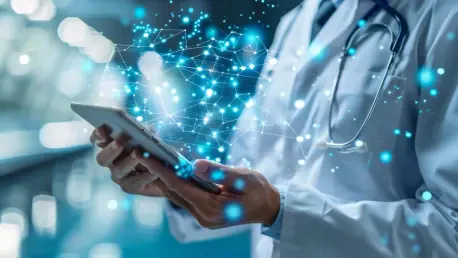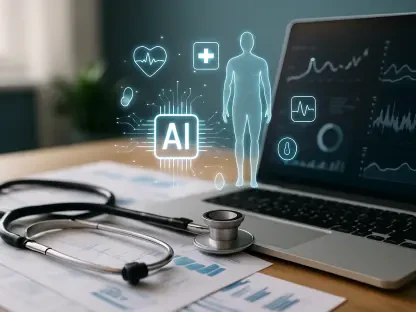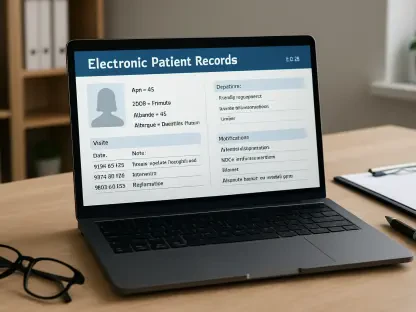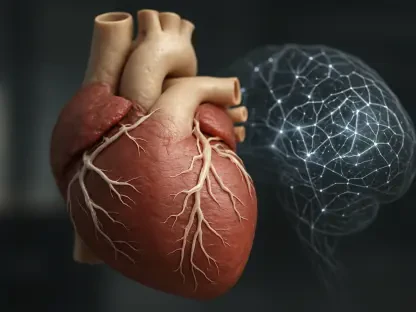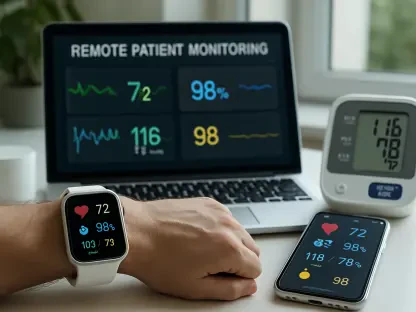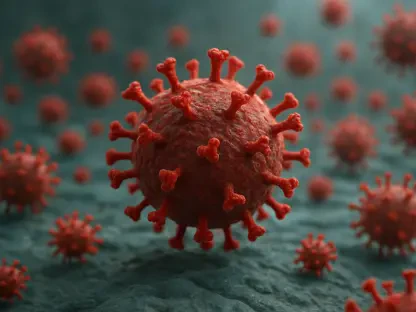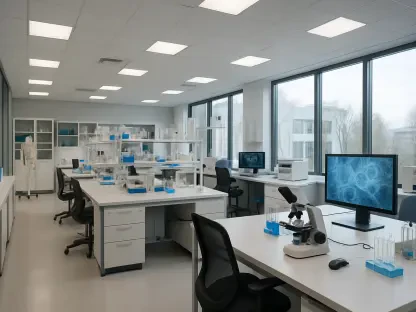The global healthcare landscape is undergoing a transformative phase driven by technological advancements. At the forefront of this transformation is cellular IoT technology, a pivotal innovation addressing contemporary healthcare challenges. Current pressures on healthcare systems include demographic shifts such as aging populations and an alarming rise in chronic illnesses. These factors strain healthcare resources, raising concerns about facility capacities and service delivery despite impending technological solutions offered by IoT. Forecasts from the World Health Organization indicate a projected shortfall of 11 million health workers by 2030, underscoring the urgent need for efficient healthcare resource management and improved patient care.
The Role of Cellular IoT in Enhancing Healthcare
Optimizing Resource Allocation and Chronic Disease Management
Cellular IoT is revolutionizing healthcare operations by optimizing resources and advancing chronic disease management. IoT devices facilitate various healthcare applications, ranging from monitoring sleep apnea to collecting dialysis treatment data and regulating nerve activities through implantable devices. These devices automate routine tasks, enabling healthcare professionals to focus on more intricate patient cases. The automation contributes to improved efficiency in healthcare systems, enhancing patient outcomes significantly by allowing dedicated attention to complex health scenarios. This technological integration demonstrates a critical dependency on connectivity to ensure the efficacy of healthcare IoT devices. Reliable and sustained connection is paramount, particularly for patients with chronic conditions where lapses could entail serious repercussions. Despite assumptions of a resolved global connectivity issue, statistics highlight stark contrasts, such as 22% of rural areas in the United States lacking broadband access. This challenge pervades worldwide, underscoring the vital role of cellular connectivity in ensuring uninterrupted, reliable service.
Connectivity Outperforming Traditional Solutions
A significant discussion surrounding cellular IoT revolves around its superiority in connectivity offerings compared to traditional solutions like Wi-Fi. Unlike Wi-Fi networks, cellular networks provide extensive coverage without manual switching requirements and user intervention. This seamless connectivity ensures continuous data transmission across local, national, and international domains, a critical component for effective remote patient monitoring and timely medical responses. Cellular IoT embodies an uninterrupted connection essential for patient care spanning varied geographical environments. The integration of global cellular IoT connectivity fosters patient autonomy and expands healthcare systems’ capabilities extensively. It promotes the capacity for self-management, allowing patients to handle health conditions more effectively. Meanwhile, healthcare systems benefit from enhanced remote care capabilities, showcasing the transformative impact of cellular IoT on global healthcare delivery. The technology accentuates its advantages with robust coverage and penetrative capacity, proving effective even in challenging environments like hospitals and remote care facilities.
Expanding Boundaries with Advanced Cellular Technology
Driving Forward with 5G Capabilities
Cellular technologies like 5G play an instrumental role in evolving IoT applications within healthcare, pushing boundaries with remarkable capabilities. Existing applications receive significant enhancements from 5G features, notably ultra-low latency and substantial bandwidth. These attributes pave the way for sophisticated operations like live-stream surgeries and remote consultations, broadening the scope of connected healthcare solutions to unprecedented levels. IoT devices, empowered by 5G networks, facilitate real-time data exchanges like MRI scans among global specialists, optimizing healthcare delivery systems with immense precision. The strategic deployment of cellular IoT illuminates its potential beyond traditional application scopes, suggesting remarkable advancements in healthcare connectivity and service provision. 5G capabilities promise refined and superior services unseen previously, reshaping IoT-enabled healthcare solutions immensely. Stakeholders recognize these advancements as crucial to the future of healthcare, with pervasive connectivity marking a significant shift in service dynamics.
Overcoming Geographical Constraints and Empowering Patients
Cellular IoT’s global connectivity capabilities are pivotal in overcoming geographical barriers and empowering patients with accessible and responsive healthcare services. The technology advances beyond localized service provision, extending healthcare accessibility to remote regions where conventional services struggle to reach. This breakthrough in connectivity revolutionizes healthcare experiences, ensuring patients across diverse locations receive timely and efficient medical intervention unhindered by physical limitations. Furthermore, cellular IoT fosters an empowering ecosystem for patients to engage actively in their healthcare processes. It enhances patient participation by providing tools for self-monitoring and management of health conditions, promoting autonomy and proactive health strategies. This empowerment results in improved healthcare outcomes, minimizing reliance on physical facilities and maximizing individualized care solutions within connected environments.
Critical Implications and Future Directions
Catalyzing Healthcare Integration and Digital Advancement
Insights from industry leaders such as Erik Kling, President & Head of IoT Americas at Vodafone, underscore the imperative of digital integration within healthcare systems for a well-connected future. Cellular IoT technology is critical to bridging the gap between traditional healthcare modalities and future-ready digital ecosystems. By harnessing cellular IoT solutions, healthcare systems bolster their capabilities, aligning with global connectivity standards, and fostering inclusive healthcare service provision universally. The synthesis of current insights positions IoT not merely as a technological evolution but as a significant shift towards connecting individuals with healthcare systems, regardless of location. This transformative approach ensures patients access essential, responsive, and efficient healthcare, paving the way for a digitally integrated healthcare ecosystem rich in collaboration and innovation.
Advocating for Continued Investment in Technology
The global healthcare landscape is experiencing a significant transformation, heavily influenced by technological advancements. At the forefront is cellular IoT technology, a crucial innovation tackling existing healthcare issues. Healthcare systems face significant pressures from demographic shifts, including an increasingly aging population and a concerning rise in chronic diseases. These elements place a heavy burden on healthcare resources, sparking worries regarding facility capacities and service provisioning. Despite the technological solutions IoT offers, these challenges persist. The World Health Organization forecasts a potential shortfall of 11 million health workers by 2030, highlighting the dire necessity for efficient healthcare resource management and enhanced patient care. Cellular IoT offers a pathway to progress, promising improvements in communication, monitoring, and data management processes, ultimately contributing to effective solutions for patient care and resource allocation in the healthcare sector.
